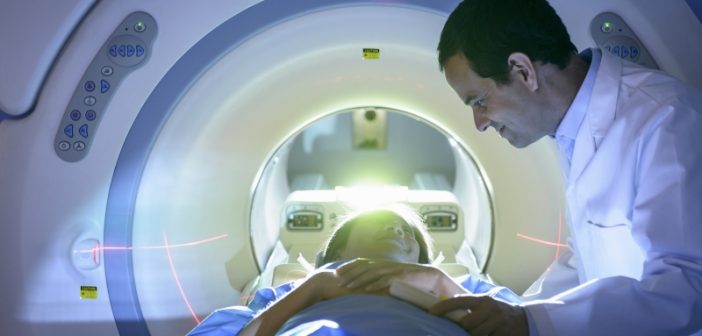Using data driven management as a method is one way to renew the health-care sector and ensure greater efficiency without loss of quality and good care. Advanced data analyses enable new, well documented decisions that result in better efficiency, higher quality, visible results and lower costs. That is why it is important to focus on how knowledge from data can lead to great benefits for patients and society.
Visit our page about data driven management on health-care sector for more information.
A key and absolutely crucial prerequisite for this innovation is that users of data, that is doctors, nurses and administrative personnel at hospitals and in regions, get easier access to relevant data across the health-care sector, and that they are able to use it systematically, for example in their quality work.
Access to data is not sufficient on its own. It needs to be relevant data, which is not two weeks, one month or six months old. The healthcare professionals should be able to act upon real-time data, which is data that occurs here and now and is collected as soon as it is produced. And if data is not real-time, it needs to be the newest possible data available.
It is important to focus on quality targets that actually can be monitored to see whether the quality improves over time on the basis of the new initiatives that are implemented. Individual hospital departments should be able to carry out local measurements based on their own quality targets, on an ongoing basis, to ensure that the new initiatives fulfill the expectations.
If measurements are transparent, and of high quality, data driven management offers great opportunities to create new learnings and improve procedures by the use of data and analysis.
Healthcare professionals should be able to react on the basis of real time data relevant to the treatment of the patient they are treating at the moment. Creating real-time monitoring and analysis makes it possible to take actions earlier and thus prevent undesirable treatment and inexpedient procedures. With real time data it is possible to produce "early warnings” when critical parameters change and a patient, for example, is about to develop sepsis or another critical condition. This will benefit the individual patient and society by preventing longer hospitalization.
Support of data-driven solutions
At my job at SAS Institute, I have for many years been a member of great teams developing special solutions. Their most important purpose has been to support the quality and improvement work. This has contributed to support important decisions taken by doctors and nurses by using data and analyzes.
Different data-driven solutions can:
- Analyze all data – and not just random samples!
- Use technology to find patterns in all records – regardless of whether it is an x/figure or a description of the treatment of a patient.
- Use technology to create risk profiles of the individual patient, for example, with regards to the patient being re-hospitalized or getting a urinary tract infection.
- Offer the possibility to spend more time on analysis and save time on collecting selected data, perform analyses and present the results in diagrams, SPCs, etc.
- Replace manual audits and hereby give more time for quality improvements and clinical time instead of using the time on the manual audit.
Good leadership
As mentioned above, innovation does not occur on its own. Our experience tells us that when management team succeeds to use data for good analyses and to improve their results by reacting on their new knowledge, it is largely due to strong leadership. A management team that moves ahead and ensures progress in the data-driven processes and who takes responsibility for improvements is more likely to succeed better in the long term. The improvements need real-time data and a management team that is close to the front line.
By letting specialized software analyze large volumes of data, hospitals and regions can gain valuable insight on how they can target their efforts. This saves resources and ensures that patients receive the correct treatment. We at SAS have deep knowledge on the health care sector and we cooperate with many public managers to reach good long-term results.
The data-driven health sector is here, and the technologies are in place. This means better decision-making tools and thus goal-oriented efforts, prevention of errors, less waste of resources, faster evaluation and effective solutions.
Deriving insights from more, and growing numbers of, data sources is possible at sensible cost and timeframes. Enterprise-wide analytics is within reach, providing you have a high data management quotient. Test it here.
Visit our page about data driven management on health-care sector for more information.


